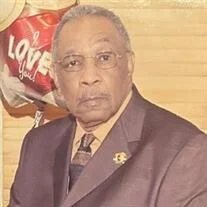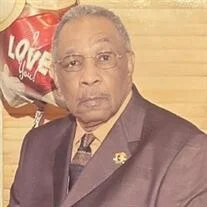COVINGTON, Ga. — A group that recommended sales tax-funded projects in 2017 has weighed in on transportation projects they believe Newton County commissioners should fund with money from a proposed 1% sales tax for transportation.
The county’s 2017 SPLOST Committee informally recommended 12 specific transportation projects the county should undertake with $41.6 million it could receive if voters on Nov. 3 approve a new 1% Transportation Special Purpose Local Option Sales Tax (TSPLOST).
County commissioners, however, have only stated in the resolution calling the special election they will spend the money on projects in three broad categories: roads, bridges and public transit.
The committee — which recommended projects on which money from the 2017 SPLOST is now being spent — said they considered improvement of the intersection of County Road 213 and Ga. Hwy. 36 as the top priority in unincorporated Newton County.
Widening of Brown Bridge Road and a startup project for transit service inside the county rounded out the top three transportation needs, the committee determined.
The committee’s recommendations for funding with the $41.6 million included:
• Intersection improvements, CR 213 and Ga. Hwy. 36 Intersection, $1.2 million;
• Widening of Brown Bridge Road, $17 million;
• Transit service startup, $2 million;
• Countywide safety plan (striping, signage, and other safety measures) $1 million;
• Industrial Boulevard improvements, $900,000;
• Bridge replacement, Henderson Mill Road over Bear Creek, $2.5 million;
• General paving, $6 million;
• Realignment of intersection of Mote Road and Ga. Hwy. 162, $2.2 million;
• Bridge replacement, Flat Shoals Road over Dried Indian Creek, $1.4 million;
• Improvement of intersection of Kirkland Road and Jack Neely Road, $2.5 million;
• Improvement of intersection of Harold Dobbs and Crowell roads, $2 million;
• Bridge replacement, Dial Mill Road over Little Haynes Creek, $3 million.
A 13th recommended project was an $18.5 million widening of Crowell Road but was not included to provide more money to smaller projects, the committee said.
County Manager Lloyd Kerr said he asked committee members to recommend what they believed were the highest priority transportation projects to the Newton County Board of Commissioners. County Engineer Chester Clegg then sent a list of proposed projects to committee members.
They determined they would vote on projects within six categories: safety improvements, bridge repair/replacement, facility expansion, intersection improvements, paving and transit service.
The committee voted on 21 projects and rated 12 as highest priority, it said in its report.
The intersection of County Road 213 and Ga. Hwy. 36 was the scene of 135 crashes — with 23% resulting in injuries — between 2013 and 2016, according to a traffic study prepared by Thomas & Hutton.
In addition, transit service was a project Chairman Marcello Banes supported being included in the funding plans.
He wrote in a recent “Chairman’s Corner” column on the county government website that he foresaw the project as a fixed-route system that would only operate within Newton County.
“This is envisioned to allow those Newton County residents who need to get to one of our many secondary education opportunities get there to improve themselves; to allow our residents who may not have a vehicle to get to work and to help get our seniors to work or the store,” Banes wrote.









